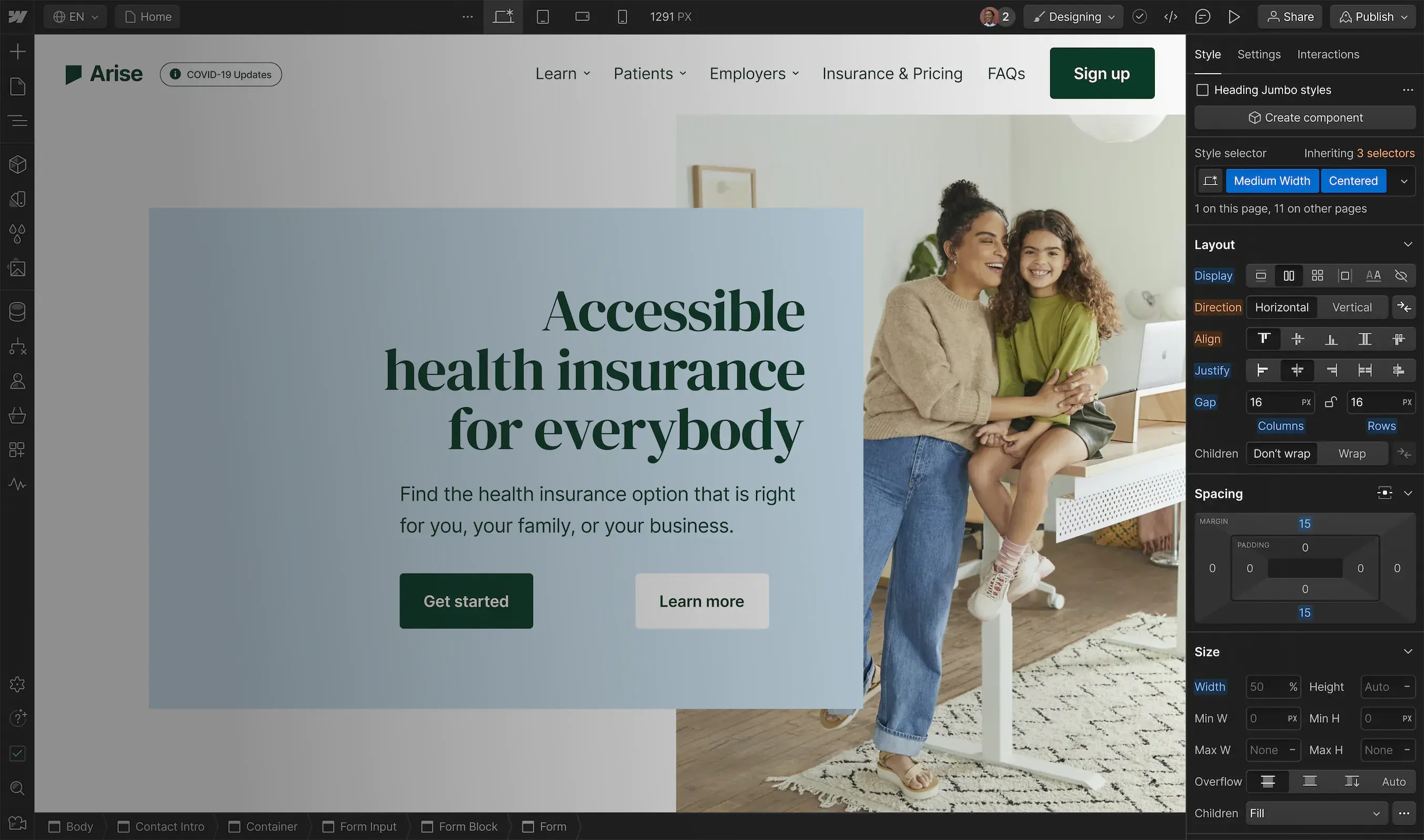Creating a Fully Automated Positive Response Campaign using LinkedIn Data
Step-by-Step Guide: How to Create a 5.1 Fully Automated Positive Response Rate Campaign Using LinkedIn Data
Introduction
Learn how to leverage LinkedIn data to craft a fully automated positive response rate campaign in this step-by-step tutorial. This will involve utilizing effective copywriting, careful filtering of data, and use of Clay software. The end result is a campaign that not only delivers but ensures each recipient is perfectly suited for your emails.
Step 1: Understand the Email Copywriting Process
The first step involves creating the email copy, which will form the backbone of your campaign. Begin with email one, which should have a subject line that grabs attention. An example could be "Outbound Edge."
Using AI, generate an understanding of who your target audience is and personalize the content of the email. For example, if your target sells to a particular job title, mention this.
Utilize personalization in your email. This means changing and adapting the copy based on the recipient’s details and profile. For instance, if they refer to their sales team as 'SDRs' or 'BDRs', use the same terminology.
Ask provocative questions to engage the recipient, such as whether they have considered leveraging better data for their prospecting.
Step 2: Personalize Further Emails
When creating follow-up emails, continue the personalization trend and ensure that each message adds value and context.
Include more information about the recipient’s company and activities.
Try to identify what they might already be doing in their marketing efforts and comment on it.
Challenge the recipient by asking if they are automating their persona targeting and data enrichment or still doing manual research.
Step 3: Collect Data for More Personalization
For further personalization in subsequent emails:
Utilize data on sales growth, LinkedIn company follower increase, and the number of salespeople in the company.
Use this data to show the recipient the potential for automating their data collection and research processes.
Step 4: Identify the Correct Person to Contact
It's essential to ensure you are contacting the right person in the company. If not:
Suggest reaching out to another person in their sales and marketing department.
Use AI to clean job titles and ensure you are reaching out to the correct roles within the company.
Step 5: Utilize Clay for Automating Processes
Finally, the use of Clay software can help automate much of these processes.
Verify email addresses for legitimacy.
Use "Find Work Email" to expand your list.
Generate a master email column and normalize company names.
Enrich company data for more personalization in your emails.
Find an SDR or BDR on the team to ensure you're reaching out to the right person.
By following these steps and ensuring each email is perfectly tailored to the recipient, you can create a positive response rate campaign that truly delivers.
Note: Remember, the key to a successful campaign is in the details. Prioritize quality over quantity and only send emails to those who fit perfectly into your campaign strategy. This will ensure that your campaign is not only efficient but highly effective as well.
How was this lesson?
Looking for other lessons? Here are some more videos from this category.
Get started
Choose a category to explore our growing library of learning material.






